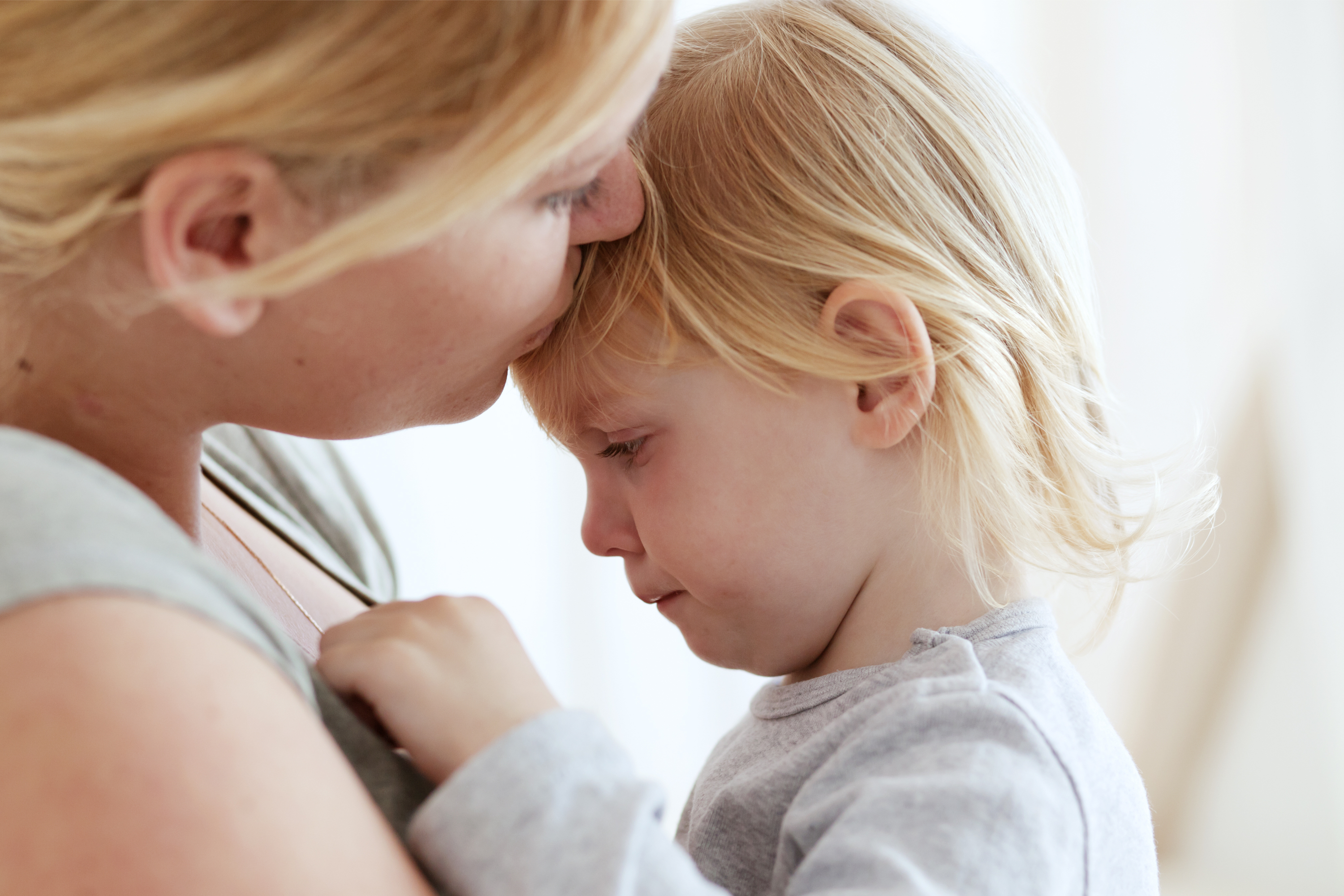
You’ve probably seen the t-shirt “Sorry, not sorry.” But in reality, there are plenty of times when an apology is 100 percent necessary.
- when a wrong has been a committed
- when you’ve snapped at your child in an outburst of anger
- when someone has lied to hurt another
How can you teach your child to apologize in a “sorry, not sorry” world? Many teens have never learned how to apologize as children. Instead of repairing fractured friendships, they simply “unfriend” or “unfollow.”
Teaching apology can begin at a young age. When my daughter Lucy was four, she reached for a fork at the dinner table. She got the fork, but she also knocked over a bowl which went crashing down on the tile floor. It shattered in so many pieces, pasta sauce everywhere. The bowl was a wedding gift. Out of the set of 12, we had already broken at least half of the bowls.
In that instant, Lucy wondered, “Am I going to be in a lot of trouble?” I said, “It was an accident.” My husband James went about getting the broom and the mop. Crocodile tears welled up in Lucy’s eyes. I could tell she was sorry.
I instructed her, “Lucy, these plates are breakable so you want to be extra careful with them. You didn’t break it on purpose. It’s okay. You can be more careful next time and when daddy comes back in, you can apologize and thank him for cleaning up after your accident.”
When James came back in and cleaned up, Lucy remained silent. Apologizing can be difficult!
I prompted her.
Her big brother and sister prompted her.
When she finally opened her mouth, the apology came out in a gush of silly, bashful words. She didn’t know what to say. I instructed her to look her daddy in the eyes and try again, feeding her a line or two to say. Her second attempt was much better.
Kids can hide behind their embarrassment, but we can guide them to apologize.
Perhaps you have heard of Dr. Gary Chapman’s Five Love Languages. In our book together Growing Up Social, Dr. Gary Chapman also explains what the Five Languages of Apology are:
- Expressing Regret – “I am sorry.”
- Accepting Responsibility – “I was wrong.”
- Making Restitution – “What can I do to make it right?”
- Genuinely Repenting – “I’ll try not to do that again.”
- Requesting Forgiveness – “Will you please forgive me?”
The level of proficiency will increase with age. A two-year-old can learn to say “I’m sorry” when she pulls the hair of her older sister. Or he could say, “I was wrong. I disobeyed,” when he willfully knocks his sippy cup from the table to the floor. Thus, they are learning on the simplest level how to express regret and accept responsibility.
When the three-year-old pushes her brother down the stairs and he lies in a puddle of tears, the father may comfort the fallen soldier and teach the three-year-old to say, “I was wrong. I am sorry.” And he might even encourage the offender to “go get a Band-Aid for your brother.” With running for the Band-Aid, the child is learning to make restitution.
Also at a very young age, children can learn to say, “I’ll try not to do that again. Will you please forgive me?” and in so doing, they are learning the language of genuinely repenting and requesting forgiveness.
In early childhood (ages two through six), a child can learn to verbalize all five languages of an apology. During these early years, the motivation for apologizing is primarily external; that is, we as the parents are insisting that our son or daughter says “I’m sorry” or “I was wrong” or “I disobeyed.” This is done in much the same way as we teach children to say “Thank you,” “You’re welcome,” and “Please.” The method is repetition, expectation, and sometimes, the withholding of privileges if the proper word is not spoken. The child learns primarily by outside prompting.
They won’t automatically want to apologize. I don’t think any of us do!
From grade one through grade twelve, a child learns to internalize these concepts and to speak these words from his or her own heart. A child may be able to text a parent or friend, “I was wrong. Please forgive me.” That’s a good start, but to fully experience that apology and forgiveness, it is best expressed in person. Apologies work when they are delivered in person, not by text.
What parent does not take pride when she hears her child say without prompting, “Thank you,” “Please,” and “You’re welcome”? Similarly, you will be glad when your child uses one or more of the apology languages without being prompted.
Take the lead by modeling the languages of apology with your children. Don’t be afraid to say, “I am sorry that I yelled at you. That was wrong. Is there anything I can do to make you feel better? I will try to be calmer in the future. Will you forgive me?” You can see how healing these types of apologies are between parents and children. You can also practice these languages with your husband.
Kids aren’t the only ones who need to learn how to make a proper apology. We all do.
